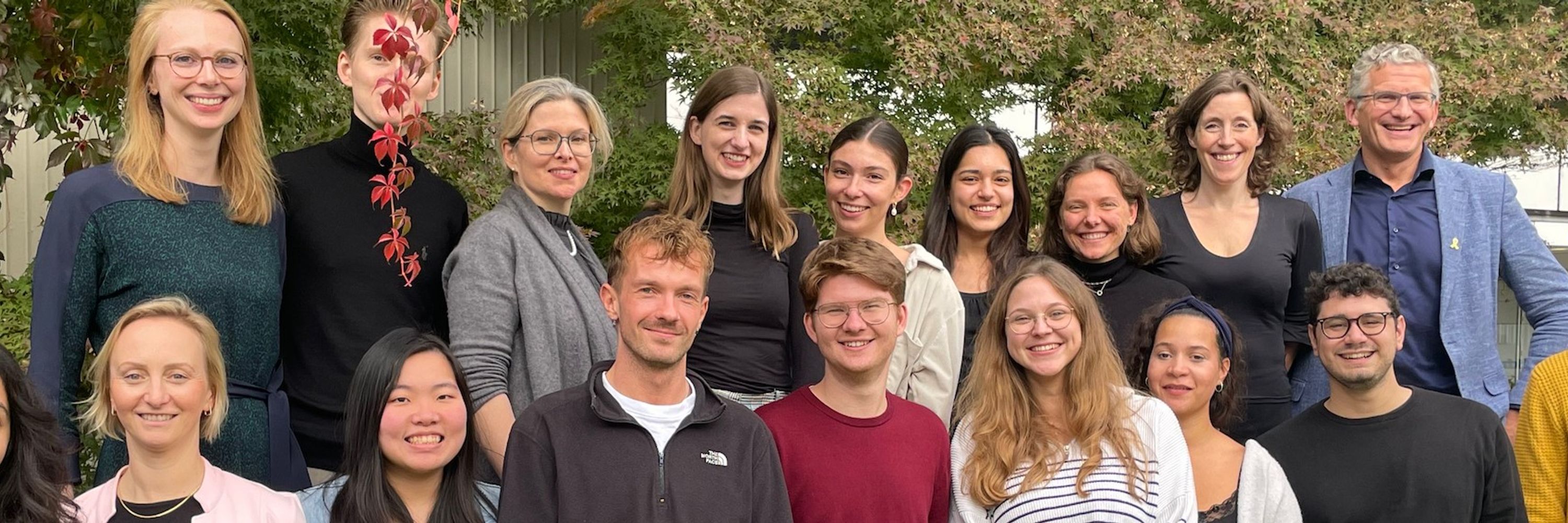Winkler Laboratory
@winklerlab.bsky.social
1.4K followers
400 following
51 posts
We are the Winkler Laboratory at the UKHD and DKFZ Heidelberg
Our focus: #cancerneuroscience of #braintumors ( #glioblastoma #brainmetastases), and beyond.
We use #intravitalimaging , #calciumimaging, #preclinicalmodels and more, to tackle these diseases
Posts
Media
Videos
Starter Packs
Pinned
Reposted by Winkler Laboratory
Reposted by Winkler Laboratory
Reposted by Winkler Laboratory
Reposted by Winkler Laboratory
















